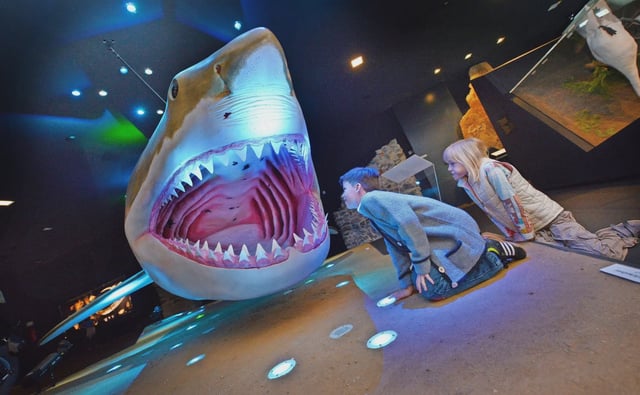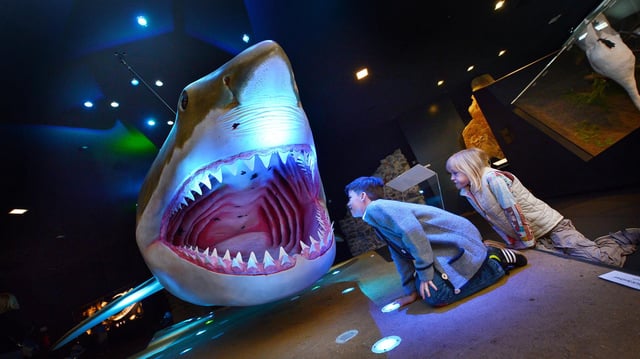Overview
- Researchers from Goethe-Universität Frankfurt found that Megalodon had a diverse diet, including marine mammals and large fish, rather than exclusively large whales.
- Zinc isotope analysis in Megalodon teeth revealed its status as an opportunistic feeder, adapting its diet based on prey availability.
- The size of the shark's prey likely varied depending on whether it was a juvenile or an adult, with typical prey ranging from 2 to 8 meters in length.
- Megalodon, which lived between 15 and 3.6 million years ago, could grow up to 24 meters long and weigh nearly 100 tons, requiring an estimated 100,000 kilocalories per day.
- Despite its immense size and widespread presence, no complete Megalodon skeletons have been found, with research relying on isolated teeth and vertebrae.



